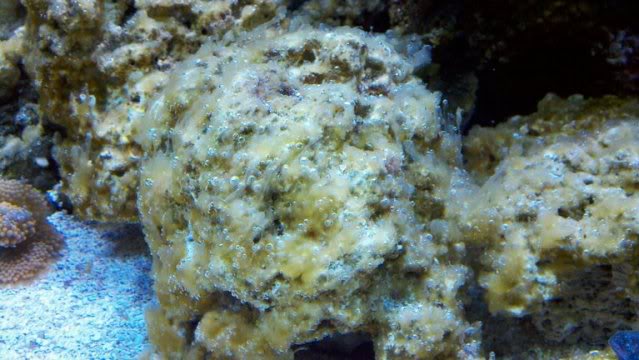Can someone tell me if this is dino? I'm on my 6th day of dosing 15 mil in my 150gal tank and see no result. I've actually left off the lights today to see if it will help. Is this stuff dino?


Follow along with the video below to see how to install our site as a web app on your home screen.
Note: This feature may not be available in some browsers.

Can dinos creep up and kill sps tissue?
Creep really doesn't sound like the right adjective. They can be toxic though so many growing on a coral might cause harm.
I dosed for about 6 weeks without any problems. Dinos appear to be gone but now I've got what appears to be cyano or diatoms. I even tried double dosing - morning and night - and the tank was fine. My sps didn't have much polyp extension at night when I was dosing.
